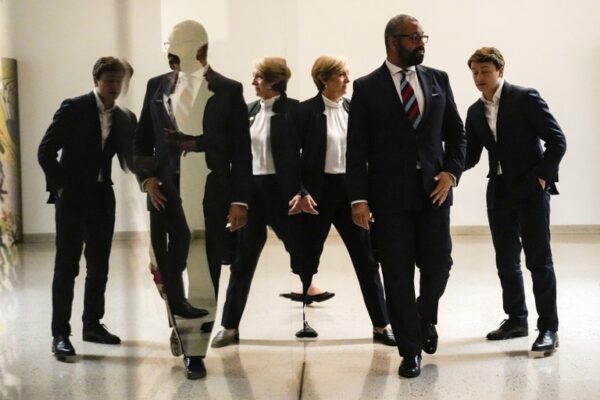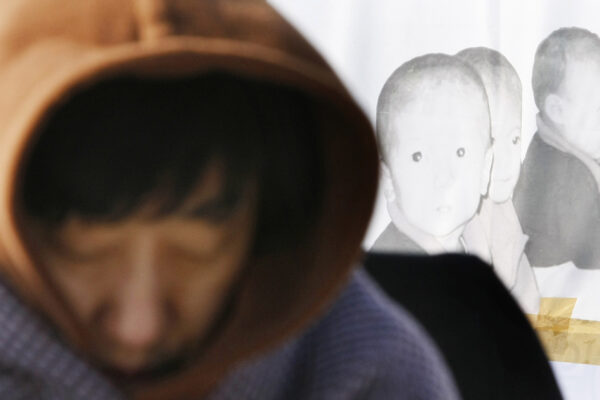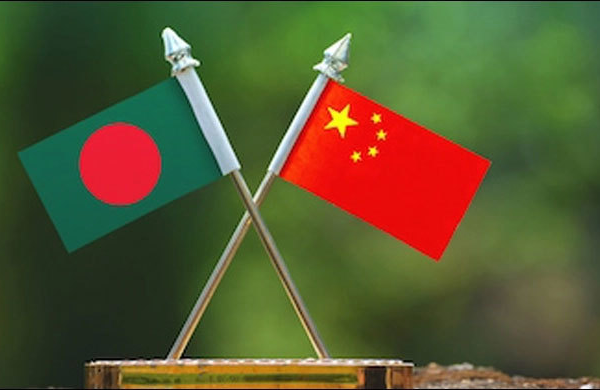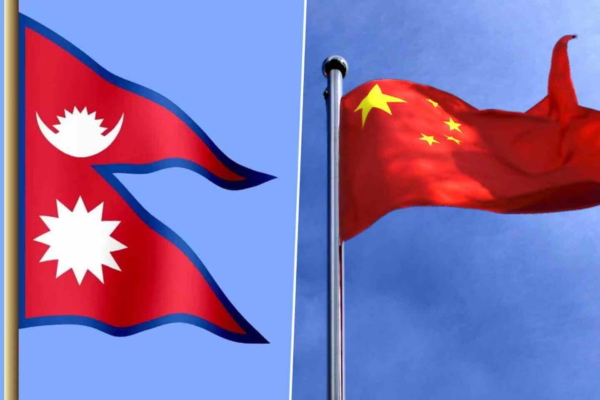
British minister raised Jimmy Lai case with China’s vice president but to no avail
British foreign minister James Cleverly raised the case of jailed Hong Kong media mogul Jimmy Lai with a top Chinese official recently to no avail after a court in the city rejected Lai’s judicial review over the hiring of a top British lawyer, according to a government report published on Thursday. “I raised [Lai’s] case with Chinese Vice President Han Zheng earlier this month, and we have raised it at the highest levels with the Hong Kong authorities,” Secretary of State for Foreign, Commonwealth and Development Affairs James Cleverly said in a statement introducing his government’s six-monthly review of the situation in Hong Kong, a former British colony. Han attended the coronation of King Charles III in London on May 6, amid growing criticism of the ruling Conservative Party, which appears to be backing away from promises of a tough stance on China. Cleverly didn’t say if a face-to-face meeting with Han had taken place, but said his government would “work with China where our interests converge while steadfastly defending our national security and our values.” He accused the Chinese and Hong Kong authorities of deliberately targeting “prominent pro-democracy figures, journalists and politicians in an effort to silence and discredit them.” British foreign minister James Cleverly, second from right, is reflected in glass with Britain’s Ambassador to Chile Louise De Sousa, in Santiago, Chile, May 22, 2023. A London-based group says the U.K. should do more to pursue those responsible for an ongoing crackdown on dissent in Hong Kong. Credit: Esteban Felix/AP He called on the Chinese Communist Party and the Hong Kong government to implement recommendations made by the United Nations Human Rights Council last July, which included repealing a national security law that has been used to justify a crackdown on peaceful political opposition and public dissent in the wake of the 2019 protest movement. “The Hong Kong authorities use the National Security Law and the antiquated offense of sedition to persecute those who disagree with the government,” Cleverly said, pointing to the ongoing trial of 47 opposition politicians and democracy activists for “subversion” after they organized a democratic primary election in the summer of 2020, as well as Lai’s national security trial for “collusion with a foreign power.” He said Beijing “remains in a state of non-compliance” with a bilateral treaty governing the 1997 handover of Hong Kong to Chinese rule, pointing to a “steady erosion of civil and political rights and Hong Kong’s autonomy.” Benedict Rogers, who heads the London-based rights group Hong Kong Watch, called for further action against “those who are actively undermining China’s obligations to the people of Hong Kong.” “A failure to do so will only embolden the Chinese government to deepen its human rights crackdown, putting at risk not only Hong Kongers but U.K. nationals and businesses operating in the city,” Rogers said in a statement responding to the government report. Emergency visas In April, British lawmakers called on their government to issue emergency visas to journalists at risk of arrest or prosecution in Hong Kong, and to apply targeted sanctions to individuals responsible for Lai’s arbitrary arrest and prosecution. The group also expressed concerns over last week’s ruling by Hong Kong’s Court of First Instance, which rejected an appeal from Lai’s legal team after the city’s leader John Lee ruled that his British barrister, Tim Owen KC, couldn’t represent him. Jimmy Lai Chee-ying, founder of Apple Daily walks heading to court, after being charged under the national security law, in Hong Kong, Dec. 12, 2020. Credit: Tyrone Siu/Reuters Policy director Sam Goodman said Hong Kong’s courts no longer have enough judicial independence to act as a check on the current national security crackdown, nor to ensure a fair trial for political prisoners. “There is no such thing as a common law system which operates with ‘Chinese Communist Party’ characteristics,” Goodman said, adding that Hong Kong’s “common law system … has been systematically dismantled by Beijing.” Exiled former pro-democracy lawmaker Ted Hui welcomed the criticism of Hong Kong’s human rights record. “In the long run, it will … unite our allies in free countries, and they will take a relatively tough stance, which will have an effect on their leadership,” Hui said. “If more allies of free countries clearly say that Hong Kong’s human rights are regressing, and that the national security law is a violation of human rights, then that is a very clear position,” he said. Pro-democracy activists display a banner and placards read as “No democracy and human rights, no national security” and “Free all political prisoners” during a march in Hong Kong, April 15, 2021, to protest against the city’s first National Security Education Day, after Beijing imposed a sweeping national security law. Credit: Yan Zhao/AFP The Hong Kong government slammed the U.K. report as “malicious slander and a political attack on Hong Kong,” while Chinese foreign ministry spokeswoman Mao Ning said the British government “has yet to wake up from its colonial dream.” “It continues … to interfere in Hong Kong affairs through a misleading ‘report’ which is steeped in ideological bias and inconsistent with the facts,” Mao told a regular news conference in Beijing. Lai’s son Sebastien warned earlier this month that Hong Kong is now a “risky” place to do business, and that arbitrary arrests, sentences and raids will likely continue under the national security crackdown. International press freedom groups say the ruling Communist Party under supreme leader Xi Jinping has “gutted” press freedom in the formerly freewheeling city, since Lai’s Apple Daily and other pro-democracy news outlets were forced to close. Translated by Luisetta Mudie. Edited by Malcolm Foster.










